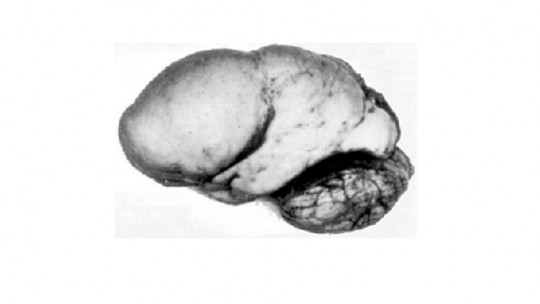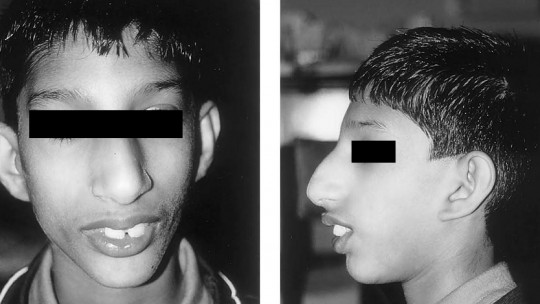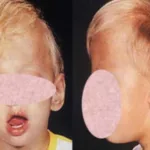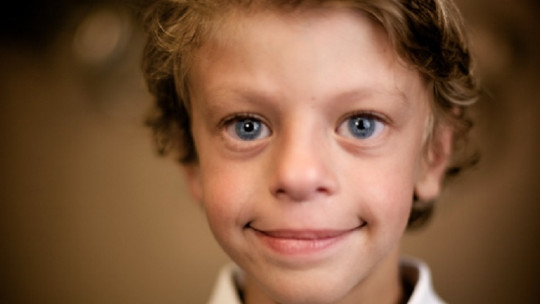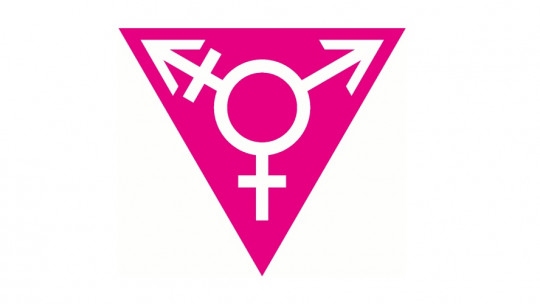
Sexual differentiation of the human embryo is an extremely important stage during pregnancy development. It determines the biological sex of the person and their subsequent sexual development.
In the event that gestation takes place without any alteration, the sex of the embryo will be female “by default”, carrying out a series of chain reactions at a genetic and hormonal level so that said embryo develops as male.
But there are a series of cases in which certain causes, sometimes unknown, cause this process to be altered, giving rise to phenomena such as hermaphroditism or intersexuality
What is hermaphroditism?
At a general level, hermaphroditism is an expression used in biology to refer to those organisms that have reproductive organs corresponding to both sexes Specifically, except for humans, those creatures or organisms classified as hermaphrodites are capable of producing sexual cells, also called gametes, both male and female.
As far as people are concerned, some cases similar to hermaphroditism have been described, which are determined as pseudohermaphroditism since there is no possibility of reproduction in both forms. Even so, from a gender perspective, the most appropriate word to describe people with these characteristics is intersexual.
An intersex person has a modification in their body, due to this modification said person has a divergence between your genitals and your sex ; being able to present genetic and phenotypic characteristics belonging to both sexes, in variable proportions.
A very widespread myth is the belief that an intersex person simultaneously possesses male and female sexual and reproductive organs fully developed and functional. However, what characterizes intersexuality is that, unlike the hermaphroditism seen in other animals, an intersex person has genital indeterminacy that can occur in different degrees and that can manifest during any stage of their life.
Categories of intersexuality
Human intersexuality can be divided into several categories according to the causes that originated it.
1. Intersexuality 46, XX
In this type of intersexuality, the person is born with the chromosomal characteristics of a woman and ovaries typical of the female sex but its phenotype, or external appearance of the genitals, is male.
The most common cause of this phenomenon is excessive exposure of the fetus to male hormones In this way, during pregnancy the labia majora join together and the clitoris increases in size until it reaches the appearance of a penis. As for the rest of the female reproductive organs, such as the uterus or fallopian tubes, they usually develop correctly.
Some of the reasons why the fetus is exposed to this amount of hormones may be:
2. Intersexuality 46, XY
This alteration would be the opposite of the previous one. In these cases the person has male chromosomes however the genitals are visibly feminine or imprecise in any case.
Regarding the formation of the internal reproductive system, the testicles may have developed normally, but cases have been described in which they suffer from some malformation or do not even form
For the correct development of the male genitalia, both internal and external, good stability of both types of sex hormones is necessary. Some of the reasons why this is sometimes not the case are:
3. True gonadal intersexuality
In these cases the person has in the same way both ovarian tissue and testicular tissue This phenomenon was known as true hermaphroditism, since the person can have said tissue in the same gonad, which is known as “ovotesticle”, or have an ovary and a testicle at the same time.
At the chromosomal level, true gonadal intersexuality can occur in both XX and XY, and the external genitalia reveal themselves as masculine, feminine or ambiguous. The causes of this type of intersexuality are still unknown in humans.
4. Complex intersexuality disorders or indeterminacy of sexual development
This last category includes a series of disorders in which there is no difference between internal and external sexual structures Rather, the alterations occur in the levels of sex hormones and in overall sexual development.
These cases include 45-XO disorders, in which there is only one X chromosome; and 47-XXY or 47-XXX, in which the person is born with an extra sex chromosome.
Symptoms
The symptoms of intersexuality are variable in terms of degree and frequency, depending on the underlying causes.
The main symptoms are:
Diagnostic tests and intervention
To make a good diagnosis of intersexuality, and a possible subsequent treatment, it is necessary to perform a series of tests by medical personnel. These are:
- Analysis of hormonal levels
- Chromosome analysis
- Hormonal stimulation tests
- Molecular tests
- Genital endoscopy
- Ultrasounds or MRIs that allow verifying the existence of internal sexual structures
Medical and psychological intervention
Given the complexity of these alterations and the complexity of human sexual development, The action of a multidisciplinary team is necessary that works, both with the person and with the family, both on a medical level and on a psychological level.
Traditionally, the procedure to follow was sex assignment based on external genitalia instead of taking into account the chromosomal configuration, leaving no room for ambiguity and recommending early surgery in which unsuitable testicular or ovarian tissue was removed.
However, as time went by, much of the medical community observed that this procedure caused major interferences in the sexual development of the person so currently the point of view has changed regarding how to intervene in cases of intersexuality.
Currently, both chromosomal and hormonal elements are taken into account, as well as psychological and behavioral aspects that shape sexual identity; taking time when performing any surgery and involving the person in choosing their sex.
With support, understanding and appropriate professional intervention, the prognosis for intersex people is extremely positive, and they can develop their own, healthy and uncomplicated sexuality.


